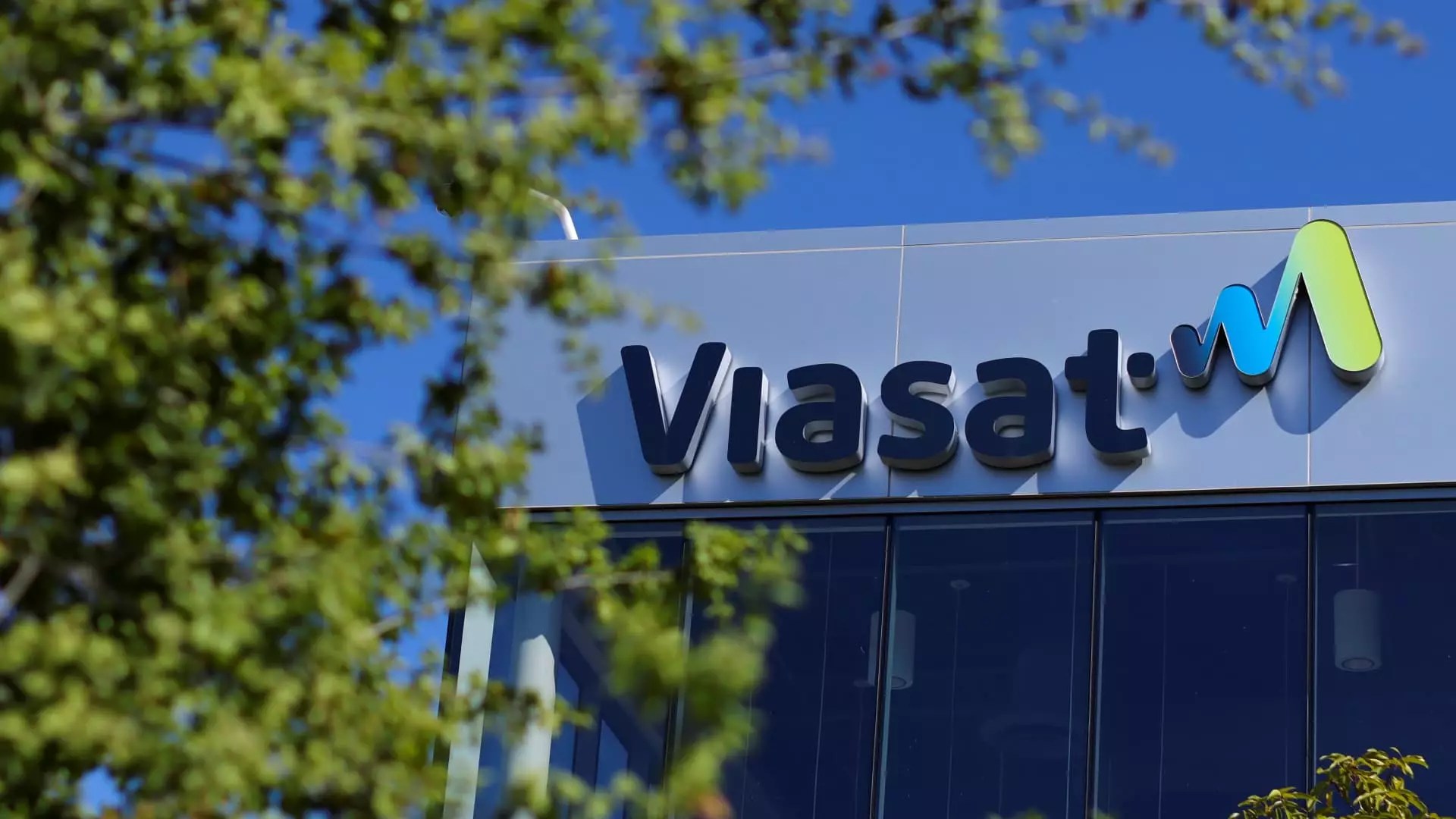Viasat Inc., the satellite communications company, recently took center stage in financial news as its stock price surged by an impressive 30% year-to-date, propelled by a bullish upgrade from Deutsche Bank analyst, Edison Yu. This leap, culminating in a 13% gain on a single Monday, underscores the increasing market optimism surrounding Viasat as it positions itself as a formidable opponent to SpaceX’s Starlink. Yu’s endorsement transformed Viasat from a “hold” to a “buy,” creating a ripple effect in investor sentiment. His assessment points to Viasat’s potential for significant value creation through strategic actions aimed at reducing debt, specifically through asset monetization strategies.
Yet, despite this surge in optimism, it is essential to scrutinize the underlying factors driving Viasat’s newfound appeal. Yu’s note hints at a cautious optimism but acknowledges the shadow that Starlink casts over Viasat’s long-term viability. With Starlink aggressively expanding its footprint in emerging markets like India and Indonesia, one cannot help but question how Viasat’s strategies will evolve to meet up with this rising competitor. The challenge lies not only in immediate gains from stock upgrades but in sustaining growth and innovation to fend off pressures from a giant like Elon Musk, known for his relentless pursuit of dominance in space technology.
The Competitive Landscape: Challenges Ahead
Viasat’s stock surge, while impressive, must be tempered with an acknowledgment of the hurdles lying ahead. Starlink’s latest moves in securing partnerships with major Indian telecom operators signal a strategic encroachment into a lucrative market. The timing of these advancements could potentially thwart Viasat’s attempts at scaling and maintaining its market share in regions critical for future growth.
Moreover, while analysts paint a rosy picture of Viasat’s future through debt reduction strategies, the reality of operational challenges cannot be ignored. The telecommunications landscape is undergoing rapid transformation; consumer demands are shifting toward affordable, high-speed internet options. Viasat will need to enhance its service offerings significantly to compete effectively in an arena where customer loyalty can pivot in an instant toward the most innovative solutions.
The Bigger Picture: A Question of Viability
The recent surge in Viasat’s stock is indicative not just of analyst optimism but also of a broader investor sentiment that is inherently speculative. Right now, the market appears willing to take a chance on Viasat’s capabilities without fully accounting for the compelling, albeit disruptive, presence of Starlink. Although Viasat’s leadership in technology and the potential for asset monetization seem attractive, investors must remain cautious.
In the sophisticated dance of competition that defines the tech landscape, merely leveraging analyst upgrades will not ensure Viasat’s long-term success. The potential for value creation exists, but it hinges on the company’s ability to innovate and adapt in a highly competitive environment. As we move forward in 2025, it will be crucial to monitor not only Viasat’s performance but also the broader shifts in the telecommunications sector that could affect its trajectory. Viasat stands at a crossroads, and while the immediate future may glimmer with promise, lasting success will depend on strategic foresight and operational agility in the face of mounting competitive pressures.


Leave a Reply